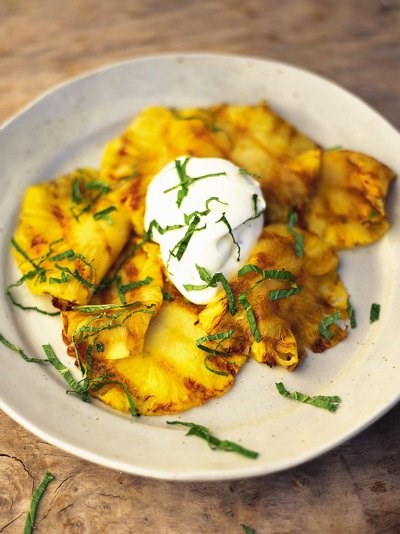Hyperlocal eating gains traction in smaller cities
February 25, 2019 by DarcieThere’s no doubt that if you follow food or restaurant trends at all, you’ve heard about the movement of restaurants to source ingredients locally (and tell you about it on their menus). The latest iteration of this movement is hyperlocal, meaning that the restaurants source virtually every food they sell from within a small radius of the restaurant, including growing items on premises. While most food trends begin in large cities and work their way to smaller towns, this particular movement has some smaller cities and towns are leading the way.
Among the six cities listed are a few surprises, including Des Moines, Iowa, where HoQ Restaurant, a farm-to-table establishment, claims to use 90% local ingredients. Other towns with hyperlocal restaurants include Salt Lake City, Virginia Beach, and (naturally) Portland, Oregon.

I find it interesting that restaurants now promote the locavore badge when not that long ago, it was rather the other way around. Before the advent of interstate highways, gigantic semi-trailers, and enormous factory farms, eating locally was de rigueur. It was a matter of necessity when you couldn’t rely on daily shipments of fresh produce from far away places. It wasn’t practical to ship items halfway across the world.
It’s amazing how quickly this scenario changed, and even in the very small town where I grew up you can now find produce that would have been unheard of in my grandparents’ time, such as pineapples, avocados, and fresh berries year-round. People relied first on cured or fermented foods, then on canned goods, and finally on frozen items before our current system was in place. Selection was limited at best, and this is what the term ‘eating locally’ conjures in my mind.
Because of this perception, I find the prospect of dining only on items grown here in the upper Midwest a bit daunting as I stare out the window at 8-foot-high snow drifts. There are only so many root vegetable gratins one can enjoy in a winter. However, I can now purchase – in the dead of winter – fresh greens grown only a couple of miles away in a modern aquaculture system. Even if we return to eating ‘hyper locally’, new technologies mean it won’t be as dreary as it was once upon a time. That said, I still delight in being able to buy fresh pineapple in the winter.
Photo of Fresh pineapple with crème fraîche and mint from Delicious Magazine (UK) by Jamie Oliver
Categories
- All Posts (6940)
- Antipasto (2135)
- Author Articles (247)
- Book News (935)
- Cookbook Giveaways (983)
- Cookbook Lovers (257)
- Cooking Tips (109)
- Culinary News (299)
- Food Biz People (552)
- Food Online (791)
- Holidays & Celebrations (272)
- New Cookbooks (149)
- Recipes (1500)
- Shelf Life With Susie (231)
- What's New on EYB (133)
Archives
Latest Comments
- kmwyman on Rooza by Nadiya Hussain – Cookbook Review and Giveaway
- Maryd8822 on The Golden Wok – Cookbook Giveaway
- Dendav on Danube Cookbook Review and Giveaway
- sanfrannative on Rooza by Nadiya Hussain – Cookbook Review and Giveaway
- darty on Danube Cookbook Review and Giveaway
- Atroyer7 on Danube Cookbook Review and Giveaway
- demomcook on What foods do you look forward to the most for each season?
- demomcook on Danube Cookbook Review and Giveaway
- Darcie on How cookbooks can help build resilience
- mholson3 on Danube Cookbook Review and Giveaway